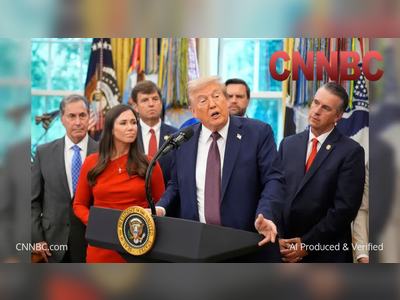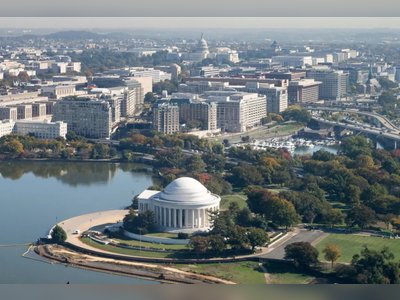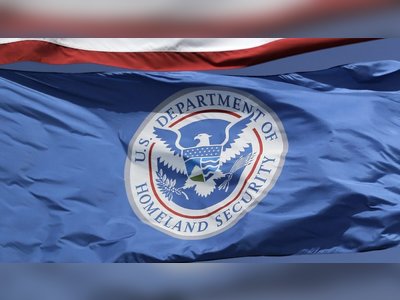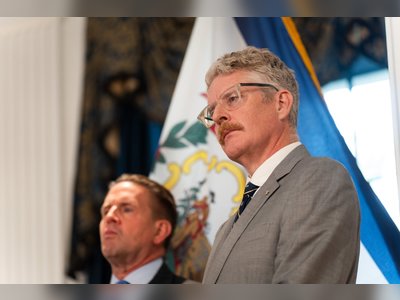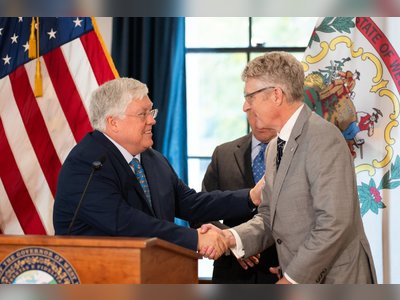White House Secures Troop Pay via Funding Work-around Amid Shutdown
Pentagon taps research and procurement accounts and accepts a private donation to ensure military salaries remain uninterrupted
As the U.S. federal government shutdown deepens, the White House and Department of Defense have executed a complex funding manoeuvre to ensure active-duty personnel are paid.
Officials say approximately eight billion dollars were redirected from unobligated research, development, test and evaluation accounts, while an additional anonymous donation totalling around one hundred and thirty million dollars was accepted under the Pentagon’s gift authority.
President Donald Trump pledged that “our service members will get every last penny” even as budget talks remain stalled.
In a post on his social media platform Truth Social, he asserted his authority as Commander in Chief to direct funding for the military.
The Office of Management and Budget confirmed the use of unused research funds to meet the payroll on October 15. Legal and budget-law experts caution that the purpose alteration may violate the Antideficiency Act, which bars federal agencies from spending beyond or outside congressional appropriations.
Separately, the Pentagon confirmed receipt of the anonymous donation, describing it as a patriotic gesture conditioned on offsetting military salaries and benefits.
While that sum covers only a fraction of the roughly six-to-seven billion dollars required bi-weekly for the armed forces, the move signals a politically driven effort to protect military pay before furloughs or non-payment become visible.
Congressional sources say the donation’s legality is under review and that it may prompt oversight hearings.
Meanwhile civilian federal workers and other government contractors remain unpaid or partially paid, increasing pressure on Senate Democrats and House Republicans whose funding standoff persists over health-care subsidies and spending levels.
The White House statement said that while troops are being paid, other programs may not be—adding that “we have identified more money if this goes longer.” As the nation approaches its third week of a full funding lapse, the funding workaround raises questions both about legal precedent and the shifting dynamics of executive-branch financial authority.
Officials say approximately eight billion dollars were redirected from unobligated research, development, test and evaluation accounts, while an additional anonymous donation totalling around one hundred and thirty million dollars was accepted under the Pentagon’s gift authority.
President Donald Trump pledged that “our service members will get every last penny” even as budget talks remain stalled.
In a post on his social media platform Truth Social, he asserted his authority as Commander in Chief to direct funding for the military.
The Office of Management and Budget confirmed the use of unused research funds to meet the payroll on October 15. Legal and budget-law experts caution that the purpose alteration may violate the Antideficiency Act, which bars federal agencies from spending beyond or outside congressional appropriations.
Separately, the Pentagon confirmed receipt of the anonymous donation, describing it as a patriotic gesture conditioned on offsetting military salaries and benefits.
While that sum covers only a fraction of the roughly six-to-seven billion dollars required bi-weekly for the armed forces, the move signals a politically driven effort to protect military pay before furloughs or non-payment become visible.
Congressional sources say the donation’s legality is under review and that it may prompt oversight hearings.
Meanwhile civilian federal workers and other government contractors remain unpaid or partially paid, increasing pressure on Senate Democrats and House Republicans whose funding standoff persists over health-care subsidies and spending levels.
The White House statement said that while troops are being paid, other programs may not be—adding that “we have identified more money if this goes longer.” As the nation approaches its third week of a full funding lapse, the funding workaround raises questions both about legal precedent and the shifting dynamics of executive-branch financial authority.

